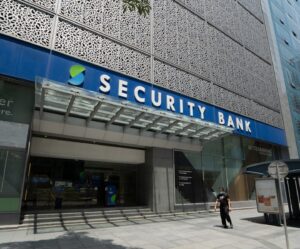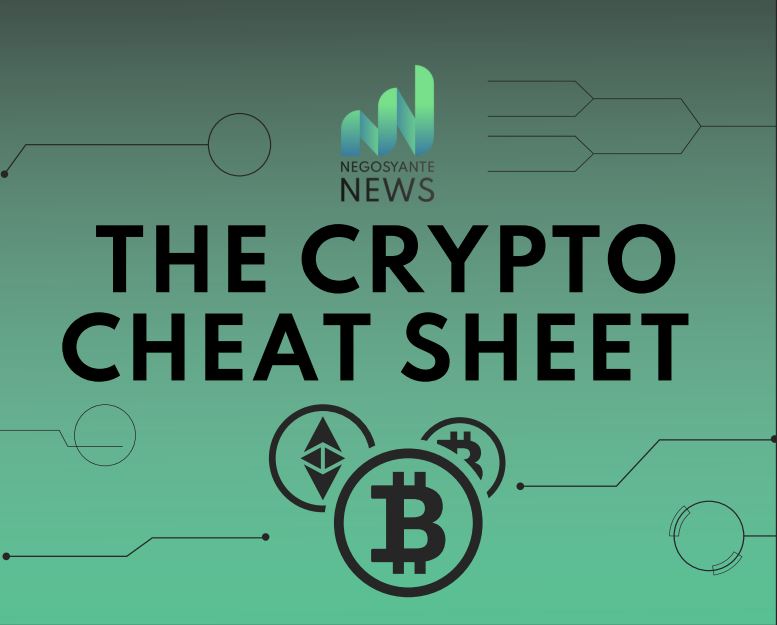
Wheat shipments transiting through the Suez Canal have witnessed a significant decline, dropping by nearly 40% in the first half of January, amounting to only 0.5 million metric tons. This downturn is directly attributed to the recent surge in hostilities in the Red Sea and the Gulf of Aden, according to a statement from the World Trade Organization (WTO) on the social media platform X.
The data, sourced from a collaborative dashboard by the International Grains Council (IGC) and the WTO, underscores the burgeoning impact of maritime disruptions caused by the Iran-aligned Houthi militants in Yemen. These disturbances have raised concerns about the security of one of the world’s most vital shipping lanes, leading to a reassessment of shipping strategies by grain exporters.
Despite the precarious situation, shipping sources earlier this week indicated that while some cargo diversions were expected, a majority of grain shipments would likely continue to traverse the Suez Canal, given its status as the most direct maritime route connecting Europe and Asia.
The WTO highlighted a significant shift in shipping patterns, revealing that in December, approximately 8% of wheat shipments from major exporters like the European Union, Russia, and Ukraine, which typically pass through the Suez Canal, opted for alternative routes. This figure dramatically increased to about 42% in the initial half of January. This is a stark contrast to the pre-attack period, where alternative route usage averaged a mere 3%.
However, the WTO noted that despite the marked increase in route diversions, the overall impact on total wheat deliveries remains relatively muted for the time being. This observation suggests that while the shipping industry is adapting to the heightened risks in the region, the essential flow of wheat across global markets continues, albeit through adjusted logistical pathways.
The situation underscores the delicate balance between maintaining global supply chains and ensuring the safety and security of maritime routes, a challenge that has come to the forefront amid the escalating tensions in the Red Sea region.






















Comments are closed for this article!